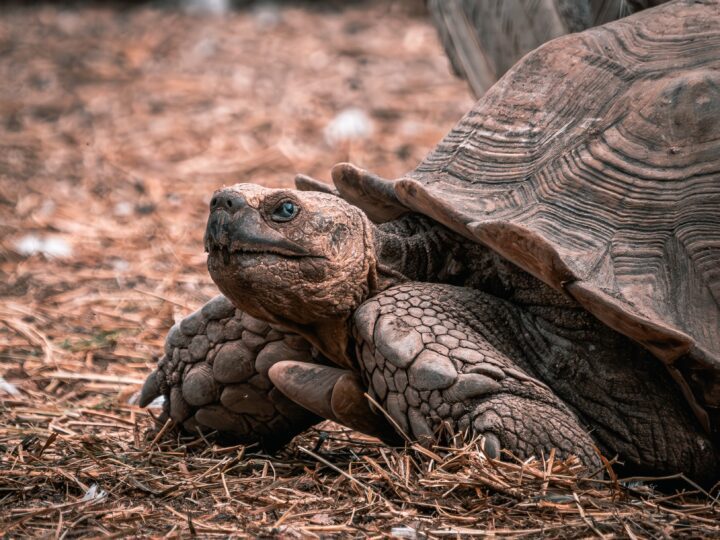Manage Compression
When a living system is under compression, there is a force pushing on it, like a chair with a person sitting on it. When evenly applied to all sides of a living system, compression results in decreased volume. When applied on two sides, it results in deformation, such as when pushing on two sides of a balloon. This deformation can be temporary or permanent. Because living systems must retain their most efficient form, they must ensure that any deformation is temporary. Managing compression also provides an opportunity to lessen the effects of other forces. Living systems have strategies to help prevent compression or recover from it, while maintaining function. For example, African elephant adults weigh from 4,700 to 6,048 kilograms. Because they must hold all of that weight on their four feet, the tissues of their feet have features that enable compression to absorb and distribute forces.
Cooperate/Compete Between Different Species
From parasitism to mutualisms, there are endless interactions between organisms in nature. Interactions between species that lead to a negative outcome for one species are known as competition. Cooperation occurs when organisms work together for the benefit of each organism or species. While competition often occurs over resources or mates, the more biologists have begun to look for examples of cooperation in nature, the more they have found. For example, around 90% of plants have a beneficial partnership with fungi. Fungi provide the plant with nutrients such as nitrogen and phosphorus, in exchange for sugars from the plant.





